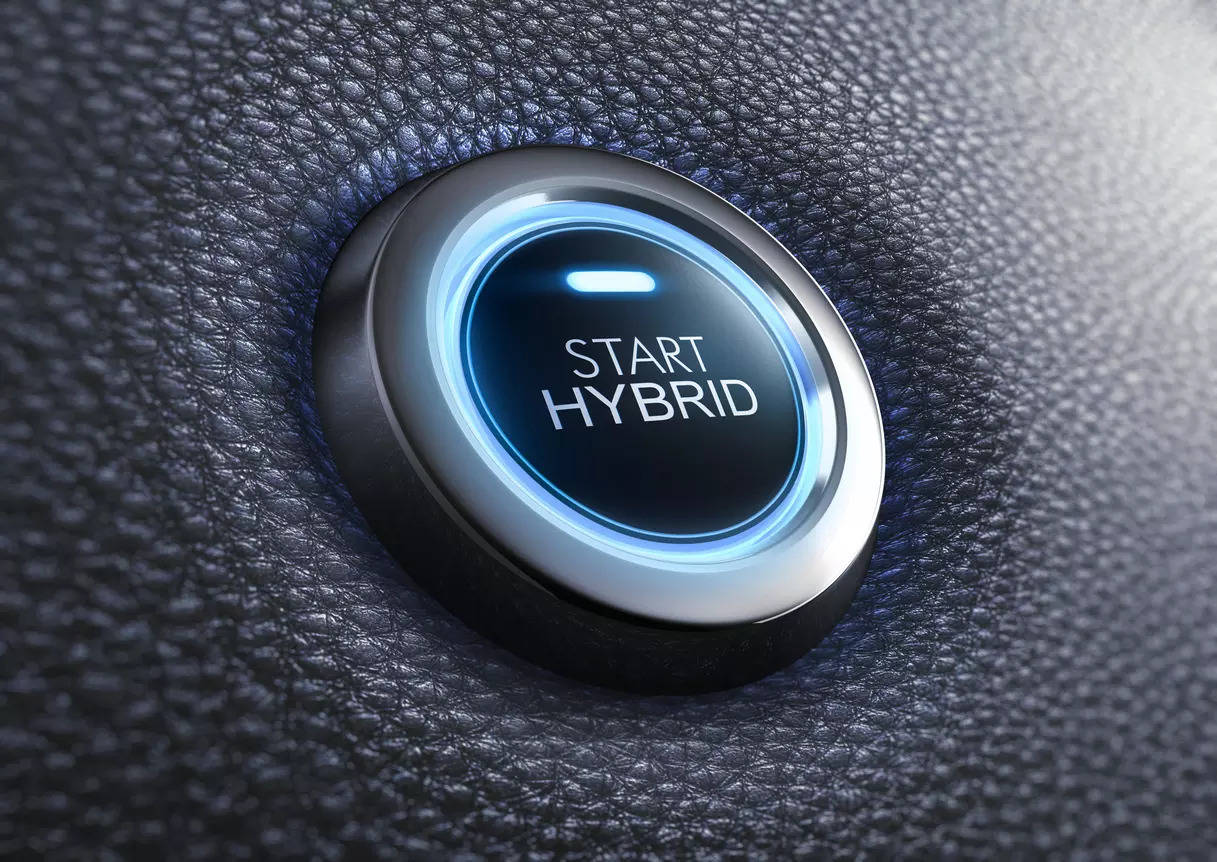
New Delhi: Greener and sustainable planet is the goal. No doubt that electrification of mobility will accelerate journey to that. As a country it is important to have a cleaner and greener environment by reducing carbon footprint. Sustainable oil import bill is necessary to become the top 3 global economy.
Though it is considered that the electrification of mobility is inevitable to be greener and sustainable, it’s important to choose the right path to that. A step by step approach to the various forms of transportation with engineering, supply chain and customer maturity of usage and service life of the electric vehicle (EV) is necessary. Globally Hybrid Electric Vehicles (HEVs) are emerging as an ideal choice for electrification of mobility and reduction in carbon footprint.
| Mobility mode | Range (Km) | Powertrain Voltage (V) |
| Highway – Passenger | Long | High |
| Highway – Mass transport | Very long | High |
| City transport Vehicles | Medium | Medium |
| Last Mile Connectivity | Low | Low |
| Micro mobility Vehicle | Low | Very low |
| Off highway | Medium | Medium / High |
(Table 1)
Kms: Very long (400-700), Long (250 – 400), Medium (80-100) & Low (40-60)
Voltage: High (>200V), Medium (96V), Low (48V), Very low (36-48V)
The following table (2) gives the market share of HEVs in the respective markets in 2022. HEVs include Hybrids, Plug-in hybrids and mild hybrids. They were primarily used for Highway passenger (long range) transport, city transport (medium range), and Highway mass transport vehicles up to certain GVW range (varies from country to country based on infrastructure and vehicle needs). This article discusses the Long and medium range vehicles and how electrification development could be beneficial for efficient and cost effective mobility.
| Country | HEV Market share* |
| Europe | 24% |
| Japan | 49% |
| Korea | 60% |
| USA | 31% |
(Table 2)
In developed countries including Japan and the US, the first sight of electrification was through Toyota Prius, which eventually grew the knowledge of electrical systems to the next level. While looking at the architectural preference it’s important to look at the set of areas which are contributing to the development of electrification through hybridisation.
| Areas of interest | Hybrid Advantage |
| Engineering Competency | – Optimal electric powertrain development – Expertise in recuperation, Battery thermal behaviour |
| Customer Experience & Trust | – No range anxiety – Improved & consistent mileage (kmpl & mpg) |
| Sustainability | – Significant Co2 (g/km) reduction in city drive – Higher / increased reliability and life of components |
| Supply Chain Maturity | – Robust manufacturing footprint and timely maturity – Step by step investment in manufacturing technology |
| Charging Infrastructure | – Harmonious development of charging infrastructure – Standardisation and cost efficiency of infrastructure |
The above parameters suggest that the route for sustainable electrification journey is through hybridisation. At the same time, this allows the supplier/customer skilling and re-skilling possibilities for the electrification journey.Positive impact of hybridisation could be detailed in the development of EVs in the:-
Powertrain: P0, P1 Hybrid architecture led to the development of Radial flux motors and P2 hybrids paved the way for Axial flux motors. Power density has been influenced by the starting torque requirement of hybrid electric vehicles.
Battery pack: HEV battery packs are smaller than that in Battery Electric Vehicles, (BEVs). The HEV battery pack undergoes more pulse of charging and discharging for a given drive cycle. The understanding of HEV battery pack charging mechanisms has pushed for the development of smaller, higher energy density battery packs leading to efficient / segment agnostic battery chemistry.
Vehicle Control Units: HEV Vehicle control unit / Advance Driver Assist System (ADAS) play a significant role in communication between powertrain, battery packs, vehicle, and driver inputs. They are also instrumental for regenerative braking or energy recuperation leading to more sustainable energy and efficiency through added driving range.
Cost paradigm
Hybrid and Electric vehicle system / component costs have been a concern in technologically developing countries, especially in India due to the prevailing tax regime. But the fact to be considered is the maturity of supplier development vis-a-visa the manufacturing technology. The development costs, time and associated competencies, skill addition also add to the expenses, but they are strategic in nature.
A hybrid and electrification (EV) ecosystem would provide more strategic advantages for the technology, product development companies to look at various options on product, systems and services to fund their programs.
In Japan and the US, hybrid electric vehicles are marginally (~6%) expensive than the ICE counterparts, this was possible due to system engineering approach, optimization which includes downsizing of engine, optimal battery sizing and other systems required to run the ICE. Cost of products / systems have been adapted for EV component development. These are attributed to the better Total Cost of Operation (TCO), reliability, range anxiety reduction and customer value proposition through Increase End of Life of Vehicle (EOL).
Even though the hybrid powertrain holds the ICE in its architecture, a systematic optimisation and engineering would give the advantage of having an electric powertrain in city drives and comfort of a range extender in sub-urban and highway drives. These advantages have been captured and proven by the existing HEV powertrain currently under & plug in battery electric vehicles in the market.
In conclusion and recommendation, the hybrid electric way of electrification will pave the way for EV development in the following ways:
lEfficient (cost and energy)
lGreen (Lower Co2 g/km in absolute and wheel to wheel)
lSustainable (Higher life of components / systems, lower recycling challenge)
lSupply chain maturity (Development of parts and manufacturing technology)
lCompetency development through step by step approach and optimisation techniques learnt from hybrid to EV
With the above details and facts it is obvious that a hybrid way of electric vehicle / systems development for passenger cars and long range vehicles can take advantage of the technology agnostic way forward.
(Disclaimer: Meenakshi Sundaram is CTO – Adv Engg, Simpson & Co. Views are personal.)









